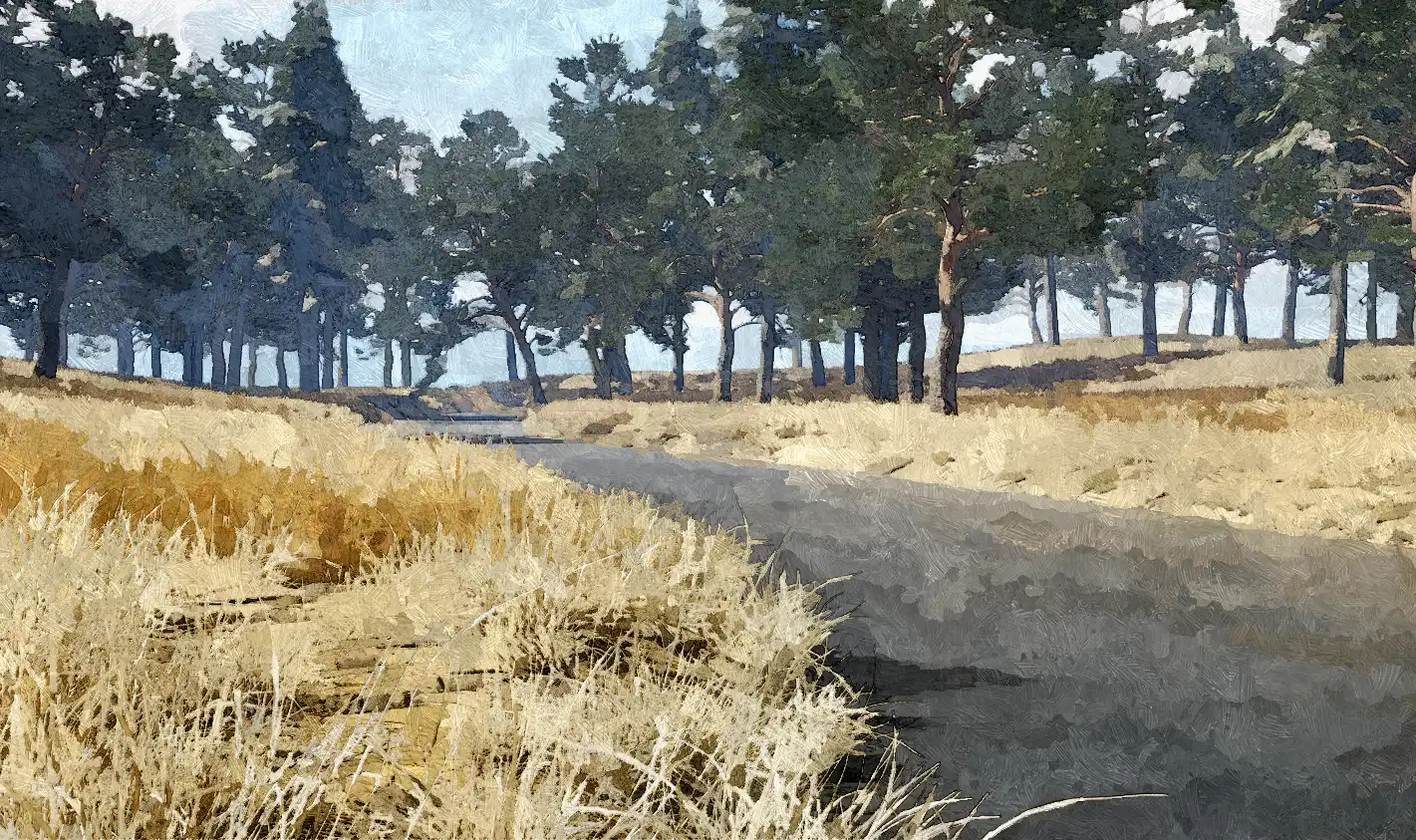About

ABOUT
About
.
The Field of Stories, also called Ayrngaer, is a virtual story created by Zev Chafer, also known as Vincent Jongman. It is a derivative of the larger scale project "Guild of Stories", focusing more on the main story's characters and places instead of an entire world simulation. On this page I will explain a little bit more about why this derivative exists, what you can find here and what the goal of "Field of Stories" is.
The main "Guild of Stories" project is on a seperate website, where I can geek around with my beloved simulations, networks and systems.
If you want to follow along, please follow me here on Field of Stories (WorldAnvil) or my social media pages: @fieldofstories @guildofstories and @zevchaferstudio. Want to know more about this project, click on the link below!
The Project
But first I am going to tell a little bit about the project as a whole. Guild of Stories is a virtual story that takes place in a semi-fictional universe, complete with its own geography, demography and cultures. The world serves as the stage for artwork, short stories and a main storyline, which will (eventually) be transformed into an online encyclopedia, books and videos. The story is "virtual" because its primary goal is to immerse you in a fully developed world, both verbally and visually, through 3D models, artworks, narratives, and simulations. While the "main plot" serves as the central thread of this project, you have the option to explore beyond the primary path.o serve as an inspiration source for stories, poetry, artwork, video and music. How it will go and if I can keep it running, I do not know. But working on it, even without having a finished result, fills me with joy.How does it compare to "Guild of Stories"?
The Guild of Stories is the main website of this project, where everything is connected, modelled and simulated. There you can dive in and find all the details about the characters, places, economy, history and much more. While this sounds amazing, it may also be a little bit overwhelming (even for me sometimes :P), so I wanted to create a space that focuses solely on the main storyline, without all the extra ballast. A clean stripped down version you may say. And I have chosen "World Anvil" for this, not because of it's tools but also the nice community around it.The main "Guild of Stories" project is on a seperate website, where I can geek around with my beloved simulations, networks and systems.
What can I find here?
So, the "Field of Stories" focuses only on the parts that are important for the main storyline. Besides publishing the story here, I will also place relevant information, such as it's characters, places, maps and other items. Each article will contain a link to the main website, if you want to dive in and explore further.What is the goal?
The main goal of this project is to create a virtual story. This means the main storyline is leading and will be turned into a book (or books). The World in this story is set against the backdrop of Europe between 1850 - 1950. While the exact location is fictional, it draws inspiration from the tri-border area of the Netherlands and the former Hanoverian and Prussian Kingdoms (where I grew up). Historical events from this era subtly influence the story, but the primary focus is on a(n) (almost parallel) fantasy world that the main characters must navigate and make sense of alongside their regular lives. That is all I am going to share here about the world (:P), the rest you may have to discover as the story unfolds...What will be created?
Besides writing the story, I will create the world behind it both verbally and visually. The goal is to make a 3D model of the world (or parts of the world) and create renders from it, including the characters. These models can then be used to create the scenes for my story. I will create every aspect of the world by hand. I will share the progress and regular updates on the main website (www.guildofstories.com). Besides that I am planning to make a guide from my experiences creating this project with interesting articles and tutorials (including my own WorldAnvil tips) you may use for your creative projects.If you want to follow along, please follow me here on Field of Stories (WorldAnvil) or my social media pages: @fieldofstories @guildofstories and @zevchaferstudio. Want to know more about this project, click on the link below!

by Zev Chafer (original art)

